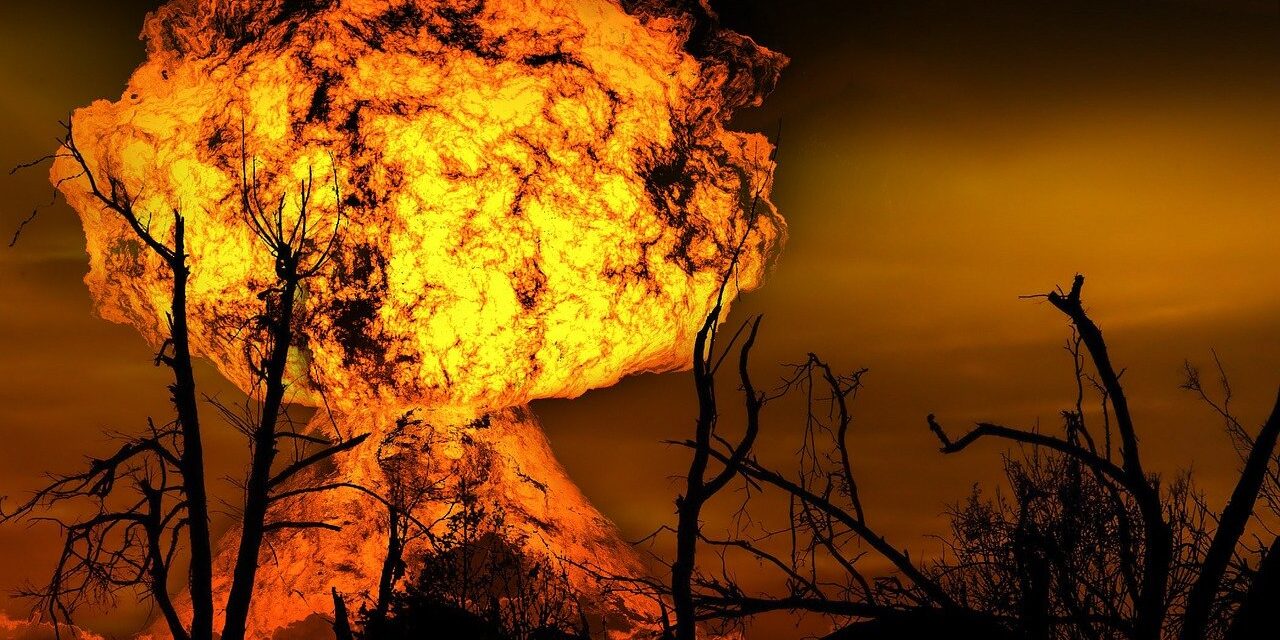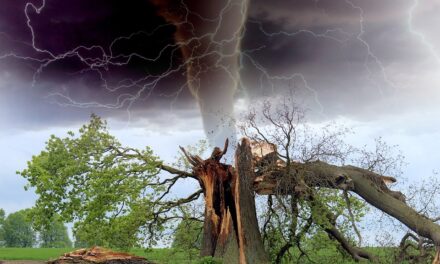Disasters, whether natural or man-made, can strike with little to no warning. Being prepared can mean the difference between safety and peril, or even life and death. Preparation involves more than just stocking up on supplies; it requires a systematic approach to ensure you and your loved ones can survive and thrive during and after a catastrophic event.
The importance of disaster preparedness cannot be overstated. Each year, millions of people are affected by disasters across the globe—from hurricanes and floods to earthquakes and wildfires. These events challenge our resilience and test our ability to react effectively. Yet, despite the frequent occurrence of such calamities, many remain underprepared, not fully understanding the critical measures needed to safeguard their well-being.
Preparing for disaster involves careful planning, gathering knowledge, and taking proactive steps to ensure you have the resources and skills necessary to face any emergency. This guide will walk you through the essential aspects of disaster readiness, from understanding the risks associated with different types of disasters to creating a detailed emergency plan and assembling a comprehensive survival kit.
We will explore the foundational strategies for effective disaster preparedness, offering expert insights and practical tips to help you establish a robust and actionable emergency response plan. By embracing a proactive approach to preparedness, you can significantly enhance your chances of navigating the challenges posed by disasters, minimizing their impact on your life and ensuring your safety and that of those around you.
Embark on this journey to disaster preparedness with us, and learn how to arm yourself with the knowledge, skills, and supplies that will help you stand strong in the face of adversity. Whether you are new to the concept of disaster readiness or looking to refine your existing plans, this guide aims to provide you with a comprehensive overview to prepare effectively, adapt quickly, and recover efficiently.
Key Strategies for Effective Disaster Preparedness
Understanding and Assessing Risks
Effective disaster preparedness starts with understanding the specific risks associated with your geographical location. Whether it’s earthquakes, floods, hurricanes, or wildfires, recognizing the hazards you are most likely to face is the first step in crafting a tailored emergency plan. Utilize resources such as local government and weather services to gather data and predict potential disasters in your area.
Creating a Comprehensive Emergency Plan
Your emergency plan should address the needs of all household members, including pets. It needs to cover various scenarios and detail escape routes, meeting points, and communication strategies in case family members are separated. This plan should be reviewed and practiced regularly to ensure everyone knows what to do when disaster strikes.
Assembling an Emergency Kit
A well-stocked emergency kit is vital and should include enough food, water, and medical supplies to last each person at least 72 hours. Other essentials include flashlights, batteries, a multi-tool, personal hygiene items, copies of important documents, and a portable radio for receiving emergency broadcasts. Consider the needs of all family members, including medications and infant supplies, if applicable.
Securing Your Home
Fortifying your home to withstand disasters is a critical component of preparation. This may involve reinforcing structures, securing heavy furniture to walls, and ensuring that your home meets local building codes for earthquake or hurricane resistance. Regular maintenance checks, such as inspecting roofs and foundations and clearing gutters, can also mitigate potential damage.
Financial Preparedness
Financial resilience is often overlooked in disaster planning. Ensure you have access to emergency funds, and keep a small amount of cash on hand, as ATMs and credit card systems may not be operational during a disaster. Additionally, review and understand your insurance policies to ensure they cover common hazards in your area.
Community Involvement
Engaging with your community can significantly enhance your preparedness. Many communities have local disaster response teams and training programs. Participating in these can provide valuable knowledge and establish connections that could be crucial in an emergency. Community preparedness ensures collective resilience, which is essential for effective recovery.
Expert Insights on Disaster Preparedness
Experts in emergency management stress the importance of adaptability and continuous learning. They recommend staying updated with the latest disaster response strategies and technologies. Engaging in community drills and collaborating with local emergency services can provide deeper insights into effective disaster response and recovery.
Another expert tip is to leverage technology in your preparedness strategy. Use apps and online resources to receive real-time weather updates, warnings, and tips on emergency preparedness. Ensure your electronic devices, like smartphones, have emergency charging options such as solar chargers or battery packs.
Conclusion: Building Resilience Through Comprehensive Disaster Preparedness
Preparing for disasters is an essential but often neglected aspect of personal and community safety. It encompasses a wide range of activities, from assessing risks and creating detailed plans to assembling emergency kits and securing your home. By adopting a thorough approach to disaster preparedness, you can significantly mitigate the impact of catastrophic events and enhance your ability to recover efficiently.
Key Takeaways for Mastering Disaster Preparedness:
- Plan Effectively: Understand the disasters likely to affect your area and develop a comprehensive plan that addresses various emergency scenarios.
- Prepare Practically: Keep an emergency kit ready, ensure your home is fortified against potential disasters, and maintain financial readiness with accessible emergency funds and appropriate insurance coverage.
- Practice Regularly: Regular drills and revisiting your plans ensure that your family and community are always ready to act when a disaster strikes.
- Stay Informed: Keep up with the latest developments in disaster preparedness, including new tools and technologies that can enhance your resilience.
- Engage with Community: Collaborate with local organizations and participate in community preparedness efforts to strengthen mutual aid and support networks.
Disaster preparedness is not a one-time effort but an ongoing process that evolves as new information, tools, and technologies become available. It’s about cultivating a mindset of readiness, where you not only equip yourself with the tools and knowledge for immediate response but also contribute to long-term community resilience.
By embracing these practices, you can transform the way you think about and respond to emergencies, turning potential despair into manageable challenges. Prepare today to ensure safety and stability tomorrow—because when disaster strikes, the time to prepare has passed.








